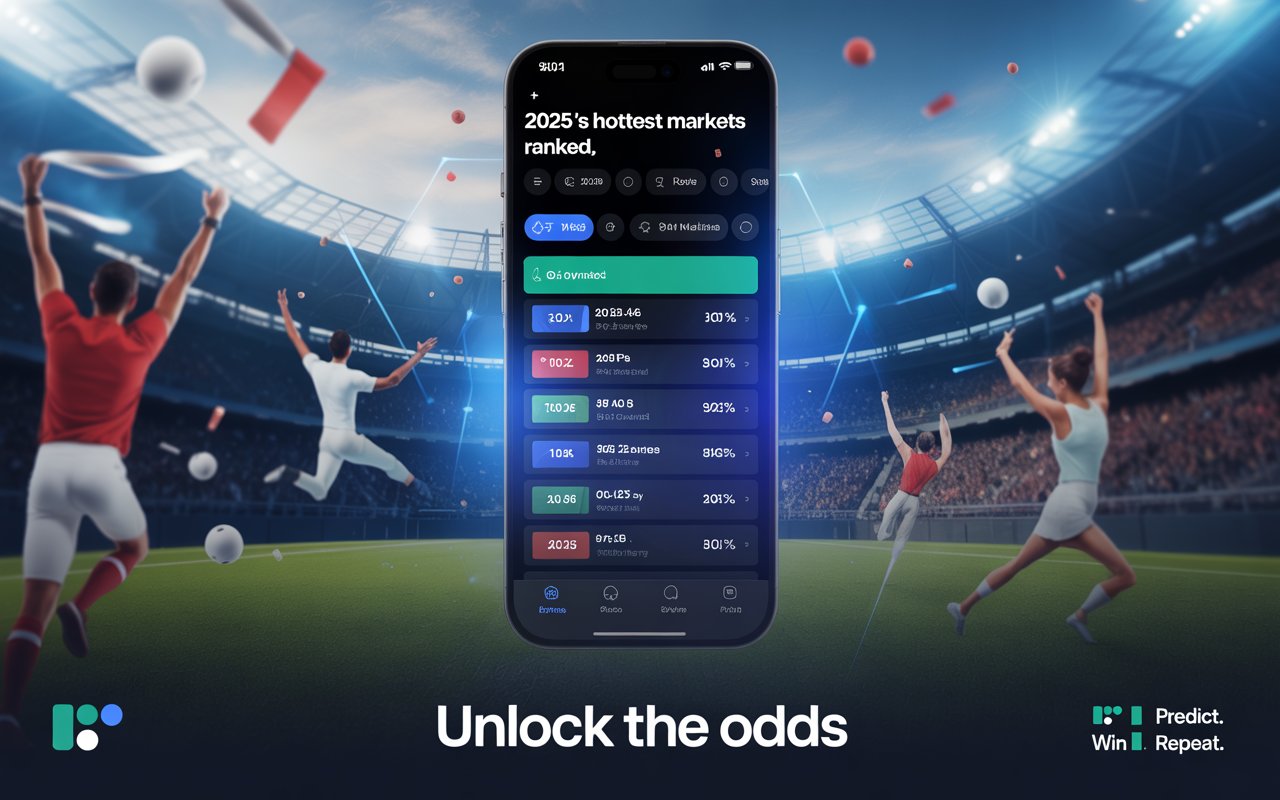⚡ The Promise of Instant Gambling
In a world where every second counts, from in-play sports betting to lightning-fast slot spins, the Lightning Network promises what every gambler and gambling operator has dreamed of: instant, cheap, and scalable crypto transactions.
Built as a Layer 2 solution on top of Bitcoin, the Lightning Network was designed to solve Bitcoin’s long-standing limitations—namely slow transaction speeds and high fees. For online gambling, where microtransactions and quick payouts are essential, it seems like the perfect fit.
But is it a true game-changer, or just another crypto gimmick wrapped in hype?
Let’s break down how the Lightning Network works, who’s using it, and whether it’s really the future of betting—or just a passing storm.
🧩 What Is the Lightning Network?
The Lightning Network (LN) is a Layer 2 protocol that allows Bitcoin users to create peer-to-peer payment channels off-chain. These channels can handle an unlimited number of transactions at high speed and minimal cost.
Once a channel is closed, only the final settlement is recorded on the Bitcoin blockchain.
In essence:
- Fast: Instant transactions.
- Cheap: Negligible fees compared to on-chain BTC or even ETH gas.
- Scalable: Millions of micropayments without bloating the main chain.
🎰 Why It Makes Sense for Gambling
💸 1. Microtransactions Are the Norm
From in-play bets to faucet-based casinos, the gambling industry thrives on microtransactions. A $0.10 bet is common—especially in provably fair games and crash betting models like those found on Stake.com, BC.Game, or Roobet.
Lightning’s ultra-low fees make micro-wagers viable without eroding margins.
🕒 2. Instant Payouts Build Trust
No one likes waiting 12 confirmations on the blockchain. Lightning allows instant withdrawals—a competitive edge for operators aiming for player loyalty.
“Players today expect the same speed they get on PayPal or UPI,” says a payments manager at a Malta-based crypto sportsbook. “Lightning bridges that expectation.”
🌍 3. Global Reach, No Banks Needed
In regions with high banking friction—like parts of Africa, Southeast Asia, or LatAm—the Lightning Network offers frictionless entry. No credit card? No problem. Just scan, deposit, and play.
👥 Who’s Using Lightning in Gambling?
A growing number of operators have started experimenting with or fully integrating Lightning. Some notable examples:
🔹 Coinplay
Offers sports betting and casino with full Lightning support. Advertises sub-2 second withdrawals.
🔹 SatoshiDice 2.0
A revival of the classic blockchain betting dApp—rebuilt with Lightning for micro-bets as small as 1 satoshi.
🔹 LNMarkets
A unique betting exchange built entirely on the Lightning Network, targeting Bitcoin-native gamblers.
🧪 Case Study: LNMarkets
Founded by French crypto devs, LNMarkets lets users bet on the price of BTC and other assets using Lightning. No signups, just connect a Lightning wallet and start trading.
- Minimum deposit: 100 sats (~$0.03)
- Real-time trading experience
- Fully non-custodial—funds never leave your wallet until a position is opened
It’s betting + DeFi + Lightning rolled into one.
🧱 But… It’s Not All Smooth Betting
Despite the potential, Lightning faces serious growing pains, especially in iGaming contexts:
🔄 1. Liquidity Bottlenecks
Operators need deep liquidity channels to accept and pay out Lightning transactions. Without this, transactions fail or route slowly.
🧩 2. Complex User Experience
Setting up a Lightning wallet (like Phoenix, Muun, or Breez) isn’t beginner-friendly. It’s still far from being as intuitive as depositing with a credit card or even MetaMask.
🧾 3. Lack of AML/KYC Integration
Lightning is inherently private and off-chain. While that’s a win for privacy advocates, it creates headaches for regulated operators needing to meet KYC/AML compliance.
Many regulators, including the UKGC, Swedish Gambling Authority, and New Jersey DGE, still don’t allow Lightning due to traceability concerns.
🔐 Is Lightning Anti-KYC by Design?
Yes and no.
While Lightning offers greater privacy than traditional BTC (no public blockchain trail per transaction), it doesn’t inherently anonymize a user like Monero would. However, because channel activity is off-chain, it’s much harder for operators to maintain transaction histories—a red flag for regulators.
“We love the tech,” says a CTO of a Curacao-licensed platform, “but until we have auditable reporting for Lightning, we can’t touch it.”
🔄 Regulatory Limbo
As of mid-2025:
- Curacao: Permits Lightning usage, no strict traceability requirements.
- UKGC, MGA, DGE: Explicitly exclude Lightning due to lack of reporting transparency.
- Brazil, India, Philippines: No clarity—operators are choosing to avoid for now.
In short, Lightning remains a gray zone in many key markets.
💡 Workarounds in the Wild
To skirt traceability issues, some operators are:
- Converting Lightning to on-chain BTC post-deposit for auditing
- Using centralized Lightning custodians like River, Strike, or OpenNode
- Restricting Lightning usage to non-withdrawable bonus wallets or gaming-only balances
These are compromises, not solutions—but they show the creativity in adapting to regulatory barriers.
🏗️ Building Lightning-Ready Casinos: Technical Hurdles
Lightning doesn’t just “plug in” to existing casino software stacks. Most platforms use middleware designed for fiat or ERC20 tokens.
Integration requires:
- Custom wallet infrastructure
- Dynamic invoice generation
- Real-time balance syncing
- Lightning node maintenance
This makes adoption expensive and technically risky, especially for white-label casinos.
🧠 The Real Use Case May Be Peer-to-Peer Betting
Lightning’s real killer app may not be traditional sportsbooks or slots, but peer-to-peer (P2P) betting platforms where trustless payments and micro-bets thrive.
Imagine:
- Players betting directly against each other with Lightning
- Zero reliance on custodians or operators
- Built-in escrow via smart contracts (using tools like Scriptless Scripts)
This vision aligns with the decentralized gambling narrative, but we’re still a few dev cycles away.
📊 Lightning vs. Traditional Crypto for iGaming
| Feature | Lightning | BTC/ETH On-Chain | Fiat Cards |
| Speed | Instant | 10–30 mins | Instant |
| Fees | < $0.01 | $1–10 | 1–5% |
| Traceability (for AML) | Low | High | High |
| KYC-Friendly | No (for now) | Yes (with services) | Yes |
| Adoption Level | Low–Medium | High | Very High |
| Ease of Use | Low (tech barrier) | Medium | Very High |
🚀 The Future of Lightning in Betting
Despite the hurdles, there’s real momentum building:
- Wallet UX is improving: Phoenix and Mutiny Wallet are leading the charge.
- OpenNode now offers KYC-friendly Lightning APIs.
- Regulators in El Salvador and parts of Africa are exploring Lightning-friendly licensing frameworks.
And let’s not forget: Bitcoin ETFs and Lightning adoption are happening in parallel. As BTC becomes more mainstream, Lightning will likely follow.
🧠 Final Verdict: Game-Changer or Gimmick?
Lightning isn’t a gimmick. But it’s not ready for the gambling mainstream either.
It’s a game-changer in training, stuck between tech innovation and regulatory skepticism. For niche platforms, early adopters, and P2P betting enthusiasts, it’s already redefining the playbook. For legacy operators? Not yet.
As with any frontier tech, early risk may lead to future reward. But if you’re a gambling operator—or a player—looking to go Lightning, be prepared to navigate complexity, regulation, and risk.
The storm is coming. Whether it brings wins or wipeouts depends on how you play it.










